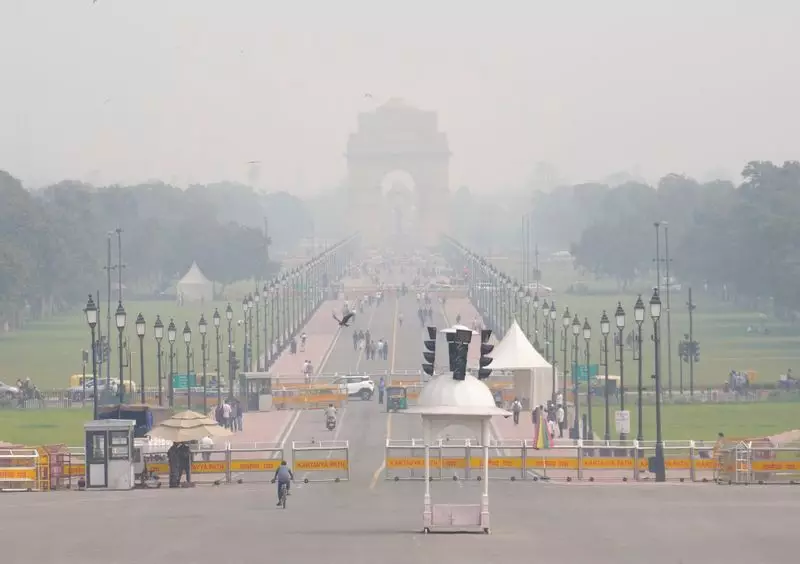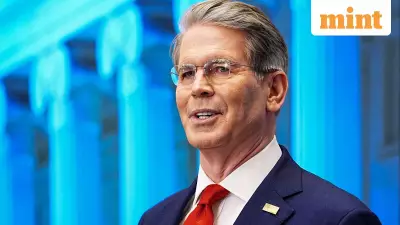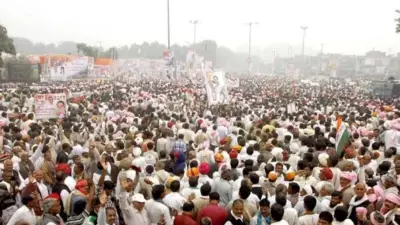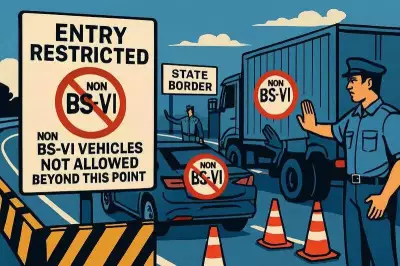
The morning after Diwali celebrations, Delhi residents woke up to a toxic blanket of smog as the capital recorded its worst air quality in five years. The festive fireworks combined with existing pollution sources have pushed the city into a severe public health crisis.
Alarming Numbers Tell the Story
The Air Quality Index (AQI) skyrocketed to the 'severe plus' category, with multiple monitoring stations reporting values exceeding 500. The 24-hour average AQI settled at a hazardous 462, marking the most polluted post-Diwali day since 2019.
What's Choking Delhi?
Several factors converged to create this perfect pollution storm:
- Fireworks Frenzy: Despite restrictions, widespread bursting of crackers during Diwali night
- Stubble Burning: Neighboring states continued agricultural burning, contributing significantly
- Weather Woes: Calm winds and low temperatures trapped pollutants close to the ground
- Local Sources: Vehicle emissions, construction dust, and industrial pollution added to the mix
Health Emergency Unfolds
Medical experts are reporting a surge in respiratory complaints and asthma cases. The dense smog poses serious health risks, particularly for children, elderly residents, and those with pre-existing conditions.
Government Response
Authorities have implemented Stage IV of the Graded Response Action Plan (GRAP), including:
- Ban on construction activities in Delhi-NCR
- Restrictions on truck entry into the capital
- Possible work-from-home directives for offices
- Enhanced public transportation services
As Delhi gasps for breath, the question remains: Will this annual environmental crisis finally prompt lasting solutions, or will the city continue to choke year after year?





